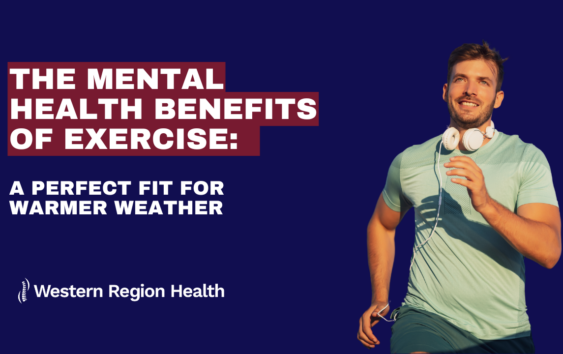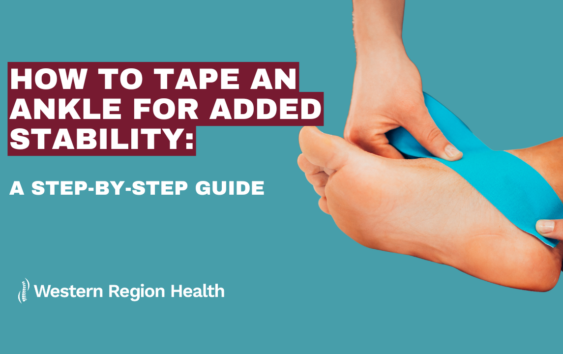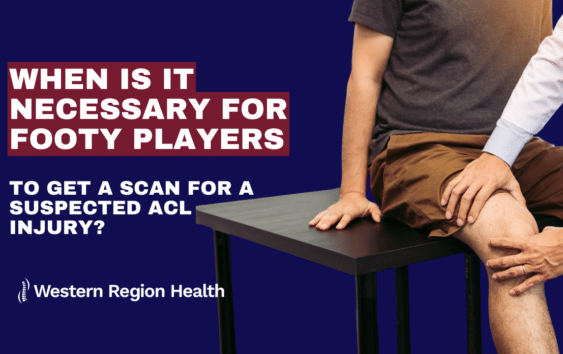General | December 5, 2016
The Unexpected Benefits Of Exercise
Dr Matthew Jakovljevic – Osteopath
B.S(clin), M.H.S(osteo)
We all know we should exercise. We all know that it’s good for our cardiovascular health, getting our muscles bigger and stronger, keeping our joints moving and of course keep our weight in check. But exercise has some amazing benefits that extend into the psychological realm.
Regardless of how old you are or how fit (or unfit) you are, studies show that making time for exercise provides some serious mental health benefits. For most things, it doesn’t seem to make much difference what type of exercise you do, so just get out there and do something you enjoy!
Exercise can reduce stress, alleviate anxiety and increase our sense of feeling relaxed. Exercise has been shown to increase the brain’s levels of norepinephrine which helps the brain deal with stress more efficiently. With this and other chemicals released when we exercise it can help in the treatment of anxiety and depression as well. Some studies have shown exercise to be just as effective as antidepressants.
Exercise can even be as effective as a sleeping pill, by raising the body’s temperature around five to six hours before bedtime, when the temperature drops back to normal, it signals the body that it’s time to sleep.
Exercise can help sharpen your memory and prevent mental decline. The unfortunate reality is that as we get older, our brains don’t function as well as they used to. Conditions like Alzheimer’s see your brain cells degenerate and slowly die. Exercise might not be able to cure Alzheimer’s, but it can definitely help to stop it setting in. Working out, can boost chemicals in the brain that support and prevent degeneration of the hippocampus, an important part of the brain for memory and learning.
New research has even shown that by increasing how strong your muscles are you improve how well your brain functions.
Exercise can help reduce pain sensitivity in chronic pain conditions and headaches. Research shows us that movement and exercise can be very helpful to reduce pain and improve function for people with musculoskeletal pain. Exercise helps turn the ‘pain volume’ button down by accessing the body’s own in-built pharmacy and it also reassures you that some pain with movement is OK and does not mean you are doing harm. It can even help relieve tension type headaches as well as migraines!
By exercising outdoors you can increase your Vitamin D levels. We can create our own vitamin D just be exposing our skin to sunlight. For a long time we have known how important vitamin D is in making our bones stronger, but there has been some exciting research into it’s effect in other conditions as well. The effects to be as wide ranging as helping prevent diabetes, helping with mental health conditions, helping asthmatics and even decreasing your risk of cancer. So get out into the sun! Remember to still use sunscreen, we wouldn’t want you getting skin cancer!
So what are you waiting for? Get your gear on and get out there.
One of our osteopaths will be able to help you if you need assistance creating a specific exercise program for your condition. Including a chronic pain program if you suffer from ongoing pain that isn’t responding to traditional management.
A great form of safe, gentle exercise is the clinical pilates we run at Western Region Health.
Please note, the advice above is generalised and may not be specific to your situation. If in doubt please contact one of our osteopaths or another health care provider to provide a specific diagnosis and treatment of your condition.
References
Azar, B. (1996). Exercise fuels the brain’s stress buffers. Monitor, 27, 18.
Broman-Fulks, J. J., Berman, M. E., Rabian, B. A., & Webster, M. J. (2004). Effects of aerobic exercise on anxiety sensitivity. Behaviour research and therapy, 42(2), 125-136.
Carek, P. J., Laibstain, S. E., & Carek, S. M. (2011). Exercise for the treatment of depression and anxiety. The International Journal of Psychiatry in Medicine, 41(1), 15-28.
Holick, M. F., & Chen, T. C. (2008). Vitamin D deficiency: a worldwide problem with health consequences. The American journal of clinical nutrition, 87(4), 1080S-1086S.
Jull, G., Trott, P., Potter, H., Zito, G., Niere, K., Shirley, D., … & Richardson, C. (2002). A randomized controlled trial of exercise and manipulative therapy for cervicogenic headache. Spine, 27(17), 1835-1843.
Kroll, H. R. (2015). Exercise therapy for chronic pain. Physical medicine and rehabilitation clinics of North America, 26(2), 263-281.
Mavros Y et al. (2016) Mediation of Cognitive Function Improvements by Strength Gains After Resistance Training in Older Adults with Mild Cognitive Impairment: Outcomes of the Study of Mental and Resistance Training. Journal of the American Geriatrics Society, Published Online October 24 2016. doi: 10.1111/jgs.14542
Passos, G. S., Poyares, D., Santana, M. G., D’Aurea, C. V. R., Youngstedt, S. D., Tufik, S., & de Mello, M. T. (2011). Effects of moderate aerobic exercise training on chronic primary insomnia. Sleep medicine, 12(10), 1018-1027.
Varkey, E., Cider, Å., Carlsson, J., & Linde, M. (2011). Exercise as migraine prophylaxis: a randomized study using relaxation and topiramate as controls. Cephalalgia, 31(14), 1428-1438.
Youngstedt, S. D. (2005). Effects of exercise on sleep. Clinics in sports medicine, 24(2), 355-365.


